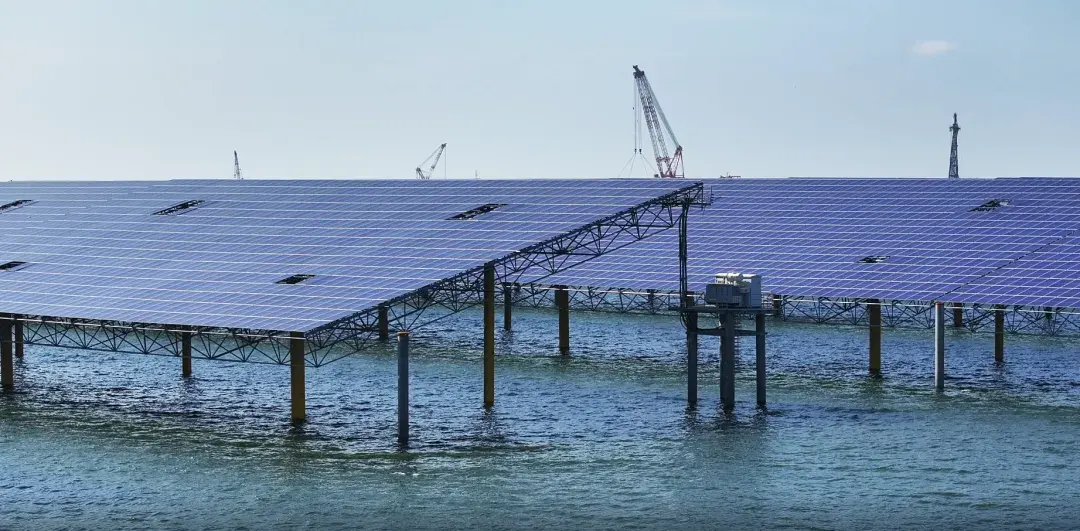In the past several years, extreme weather events have become more frequent. For photovoltaic (PV) modules, which are exposed outdoors year-round, facing a storm is akin to confronting a “battle on the frontlines.” What kind of PV modules can easily withstand the onslaught of a typhoon?
When faced with such fierce typhoons, PV modules may struggle to hold up. Typhoons create wind pressure on the module surface, which can lead to cracked glass, deformed frames, micro-cracks in the cells, power degradation, and even complete module failure as they are blown away and damaged. This can cause unpredictable economic losses for PV power stations, making it essential to choose the right products during the equipment selection phase.

Time is the only true test of a module’s reliability. Although typhoons above Category 16 are rare, occurring only once in several decades, with proper module design and extreme testing, the risks posed by extreme weather can be minimized.
On the design side, Grand Sunergy has long integrated wind load resistance into its design standards. Take the Seapower Series marine HJT modules as an example. This product uses a composite material frame with a thickness of 35mm and frame walls of 2.0mm. It offers excellent mechanical performance and tensile strength over five times that of aluminum alloy. In the face of wind resistance from super typhoons, it has strong fatigue resistance and no residual deformation, significantly reducing the risk of micro-cracks over its entire lifecycle.

Regarding wind load resistance, in addition to passing standard static load tests (5400/2400 Pa) and dynamic load tests (±1000 Pa) for load-bearing capacity evaluation, Grand Sunergy’s Chasing Series has also passed the TÜV Nord joint wind tunnel test. After being subjected to a maximum wind speed of 51m/s (equivalent to a Category 16 super typhoon), the modules showed no visible damage, power degradation remained within acceptable standards, and their resistance to micro-cracking was excellent. These extreme tests serve as a “firewall” to ensure the stable operation of PV power stations over their 30-year lifecycle.

